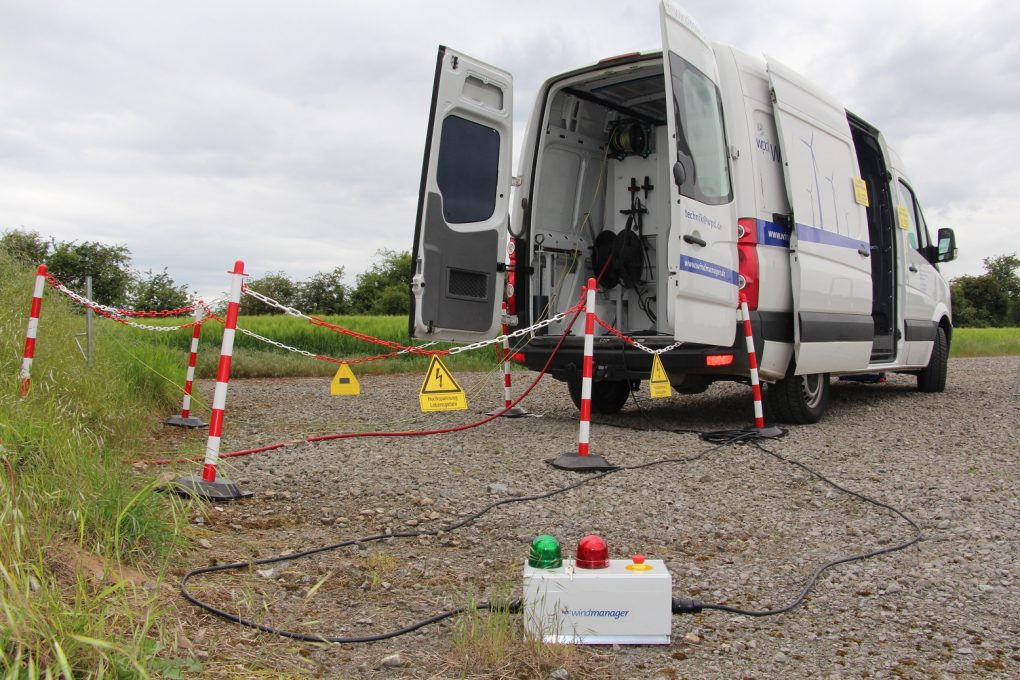Cable routes requiring maintenance, sheath faults or faulty couplings endanger the supply reliability of each wind farm. Usually, locating cable faults is quite complex. Measuring, location and evaluation of all faults call for sufficient equipment to execute cable tests as well as diagnosis reliably and directly on site. So far, neither operators nor service companies or manufacturers had cable test vans equipped accordingly at their disposal. For proper testing, external service companies had to be mandated. As the first German operator, wpd windmanager GmbH & Co. KG has extended their service portfolio with their own cable test van for testing and diagnosis of any and all cabling. “With our cable test van, we are independent and we will be able to act more flexibly on the market,” explains Oliver Klausch, head of technical management at wpd windmanager. “Especially at peak times, the occupancy of external cable test vans is high. If these are not available, this may lead to long waiting periods and also to high costs.”
Fault Detection, First Commissioning and Status-oriented Inspection
Equipped with Megger measuring technique, wpd windmanager is conducting VLF measurements (cosine square waves), cable sheaths testing up to 10 kV as well as partial discharge diagnosis with suspended alternating discharge (DAC). With the shock wave generator, ground microphone and time domain reflectometer on board of the van, the operator is able to locate the causes directly on site. Damaged cable sheaths or couplings may thus be located immediately and the condition of each weak point – e. g. in the case of a partial discharge measuring – may be diagnosed exactly. “We are thus able to plan the repair work for times when the wind is weak, so that these repairs do not affect the availability and thus the yield of the wind turbine generators”, Klausch exemplifies.
Besides the location of faults during the ongoing wind farm operation, the Bremen-based enterprise uses the cable test van for first commissioning according to DIN (Deutsches Institut für Normung – German Institute for Norms). “All cable routes, from the transformer station to the wind turbine generator, will be evaluated. If, for instance, couplings are not set according to standard, these will be detected immediately and will be replaced,” says Christian Peinemann, technical management at wpd windmanager. The cable test van will also be used in the scope of status-oriented inspections. Just before the end of the warranty period, wpd windmanager thus detects faults which may be claimed against the cable layer. “If such faults are not being detected during the warranty period, the operator will have to carry the costs afterwards. With several kilometers of cabling in a wind farm, these costs could be rather high”, explains Peinemann. “We are minimizing this risk”.
With their new cable test van, wpd windmanager is extending their service offers in the field of electro technology. Among the other services are take-over of operations management, carrying out of evaluations according to DGUV 3 or relay protection tests.

